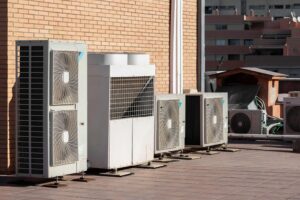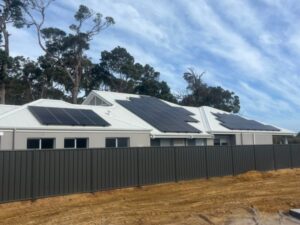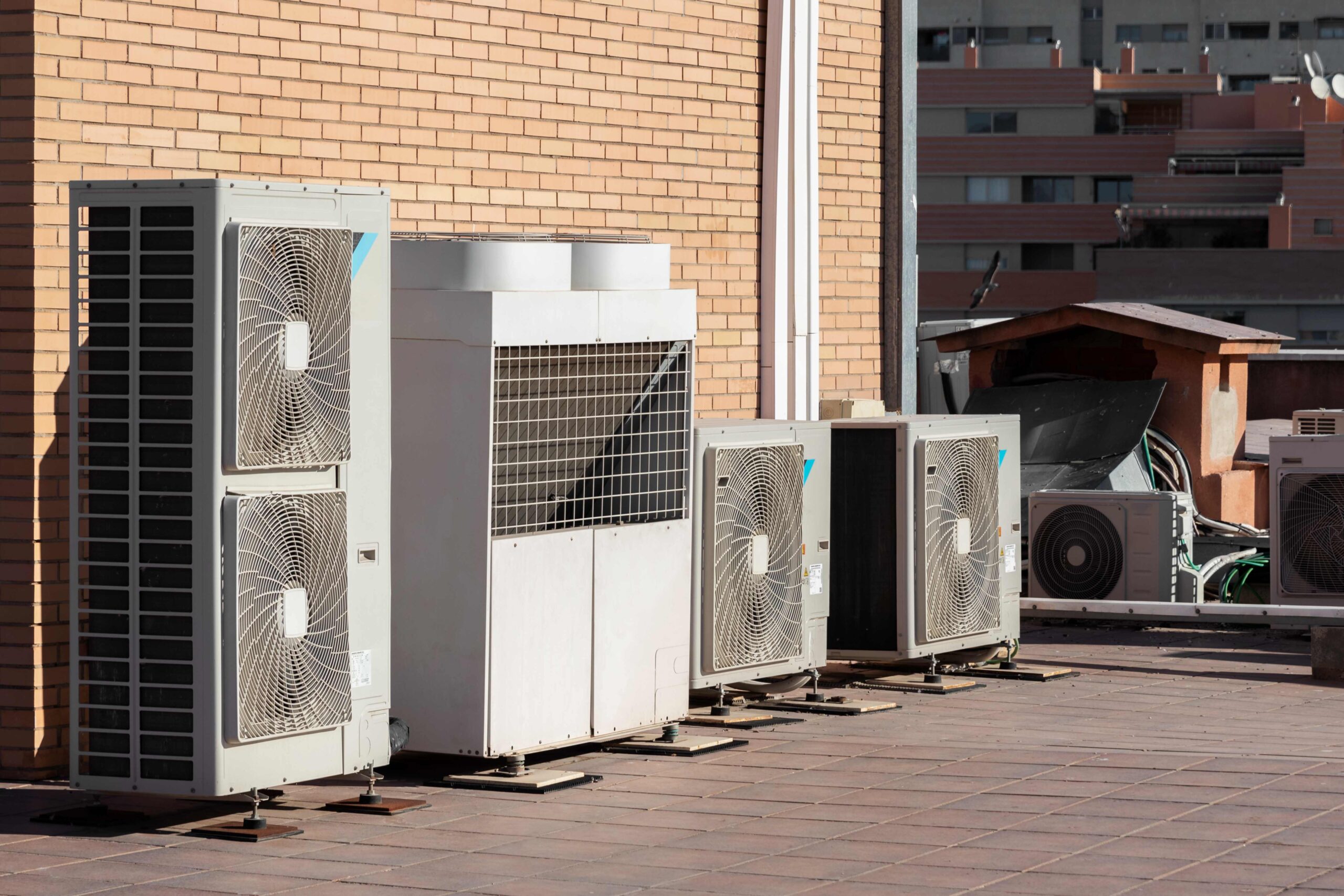Shifting towards the storage battery solar system is now getting popular among both commercial and residential users. The solar panel battery storage is one of the best steps to store excess electricity and use it whenever required. However, what is the precise number of solar batteries required to power a home? Your energy objectives, the kind and size of batteries you’re utilising, and the size of the load you wish to power are some of the factors that will determine the response.
How to Size Battery Storage for Solar
Here are some most popular justifications for purchasing battery storage solar that will be discussed in this article, along with how to calculate how many batteries you’ll need to meet your energy objectives.
1. By Calculating Your Electricity Load
A load can be referred to as any electrically powered device including air conditioners, refrigerators, dishwashers, washing machine, television and other home appliances. In order to properly size a storage battery solar system, you should know how much electricity your appliances need. The power demand of the systems and appliances in your house can be estimated in a few different ways:
Appliance Energy Calculator: This tool estimates the average annual energy use and cost based on the average power requirements of appliances. Systems for monitoring energy use give you information about how much energy you use and when. Some home energy monitors can even check usage at the appliance level, and others are tailored to your house.
Calculate through old bills: Examining your previous electricity bills and searching for trends in your peak usage is an old-fashioned method. Which appliances do you often use during those periods? Although it’s not a flawless solution, if you’re prepared to put in the work, it can help you understand your electrical loads.
2. Your Electricity Requirement
Lights, refrigerators, TVs, Wi-Fi, gadget charging, water heating, and kitchen appliances all require about 8 kWh of electricity every day. If you have these things to run on storage battery solar, then you should go for 8kWh battery storage. However, selecting a bigger size battery of 10kWh will be more beneficial for you during cloudy days or winter seasons.
To determine your storage battery solar needs if you’re opting for whole-home backup, just figure out how much electricity you use on a daily average during the season when you’ll probably need backup power.
3. The Size of a Solar Panel System
How much your solar panels can charge your battery system during the day depends on how much power they generate. Your solar panel and solar battery storage systems should be sized to complement one another. Building a large battery that you would never use to its full potential is pointless. You can determine how many solar batteries you really need by keeping an eye on the output of your solar panels.
User-friendly app: Solar monitoring systems can reveal information about your system’s output. Monitoring systems are getting more and more reliable, and the majority of leading manufacturers have a user-friendly app that you can access directly on your smartphone.
Calculating by meter: A meter is an additional tool for tracking your solar power output. You are probably familiar with this technology if your solar panel system is grid-tied, which most are. Meters, whether one-way or bidirectional, gauge the amount of electricity generated by your system. This information can help you know how much storage battery solar you need. You can simply know how many storage batteries you need through these methods.
4. Your Electricity Rate from the Utility
There are two types of electricity rates: variable and flat. Pulling as little electricity from the grid as possible is the overall objective of battery storage, however depending on your pricing structure, your motivation may alter slightly.
You should have enough storage space on a flat-rate structure so that you may minimise your reliance on the grid. Your long-term savings will be higher if you can store more energy from your solar panels for later usage.
Make sure you have adequate storage space to last at least the most expensive periods of the day if you’re on a variable rate plan, such as demand charge or time-of-use.
As a battery owner, you can take part in demand response programs in some places. You will receive payment when the utility draws electricity from your battery to reduce grid demand during periods of high demand, such as on a warm evening when everyone is operating their air conditioners.
Summarising How Much Solar Batteries are Needed to Power a House?
How much storage battery solar do you need depends on the duration to use stored energy each day. Calculate the energy requirement of your home, check previous electricity bills or use digital calculators. After that evaluate how many of those appliances you want to shift on solar battery storage. The typical solar power battery storage has a capacity of about 10 kWh.
Once you have these figures, multiply the number of hours that the appliances will require power by their electricity usage. That will indicate how many kWh of storage capacity you need.
Frequently Asked Questions
Q.1 Is a 10kW battery enough to run a house?
With a single 10 kWh battery, a solar system sized for 100% energy offset can run necessary domestic systems for three days.
Q2. How many batteries does a grid-connected solar need?
For grid-connected solar systems to save money through load shifting, backup power for critical systems, or whole-home backup power, they usually need 1 to 3 lithium-ion batteries having a power of 10 kWh.
Q3. What is the average solar battery storage price in Australia?
The storage battery solar will typically cost you between $1,500 and $3,000 per kWh.








